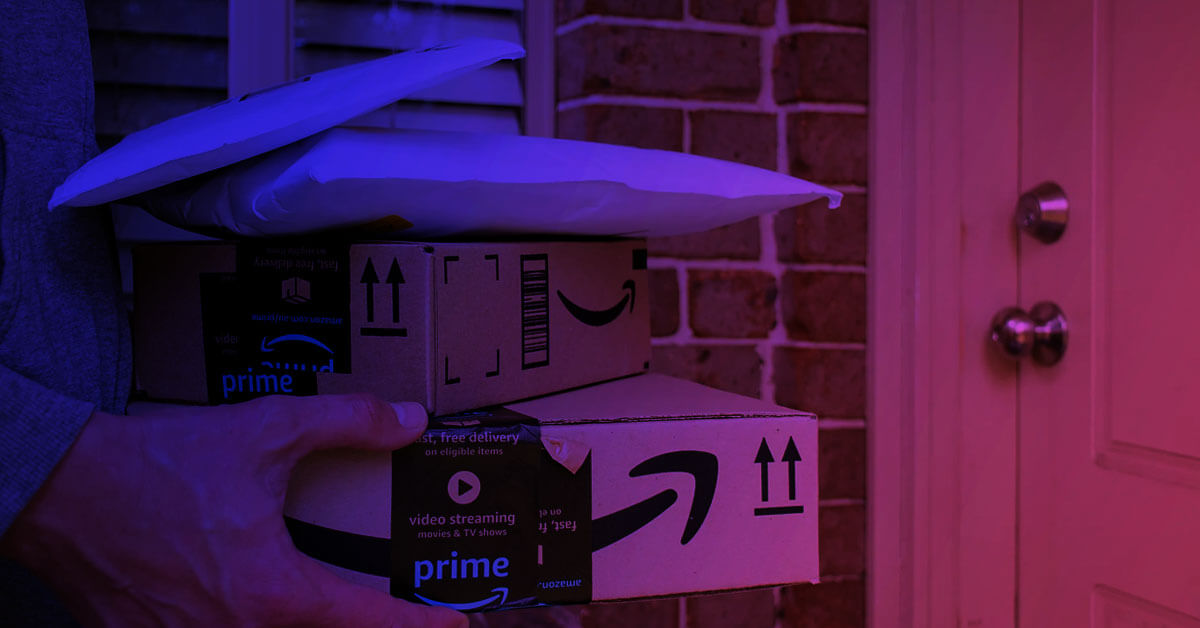Previously published by FastCompany
Amazon’s emergence as the world’s most important company has accelerated as the pandemic has made us all increasingly dependent on it. It is an ‘everything store’, entertainment provider, and, through Amazon Web Services, enabler of our virtual lives. Amazon and the other FAANG companies (Facebook, Amazon, Apple, Netflix, Google), look set to dominate our new digital economy for decades to come.
However, if there is one thing we have learned through this pandemic, it is to expect the unexpected. Uncertainty seems to be the only thing that we can rely on these days. The forces of disruption should be coming for the FAANG companies. We know the larger a company becomes the more it struggles to adapt to changing markets. There is a long list of firms that either no longer exist or are mere shells of themselves, driven out of business by sudden shifts in technology or customer preferences. Blackberry or Nokia phone anyone? One study concluded that 50% of the companies in the Standard and Poor’s stock index will be replaced by the end of the decade. So, why should we believe Amazon is more resilient? Has it found a way to inoculate itself from disruptive threats?
In their book Lead and Disrupt, Stanford Professor Charles O’Reilly and his Harvard colleague Professor Mike Tushman, argue that Amazon may have done just that. Conventional wisdom argues that corporations cannot lead disruptive innovation. The argument is that companies grown fat on the profits of a mature business model are incapable of doing new and surprising things. However, Amazon has made renewal core to its DNA. O’Reilly and Tushman point out that in two decades, Amazon has gone from being an online bookseller with no inventory of its own, to one of the world’s most preeminent technology firms.
Amazon’s recipe for constant renewal comes from its ability to never stop explore new market opportunities, even as it exploits its existing markets to the full. It did not stop at becoming the world’s dominant retailer. It moved rapidly into entertainment, electronics, and technology services. O’Reilly and Tushman show that Amazon has developed a system for ideating, incubating, and scaling new ventures that rivals anything that Silicon Valley startups can achieve. Underpinning this system are three of Jeff Bezos’ core beliefs – customers are at the center of everything, innovations are programs, not projects, that may take many years to show impact, and finally, inventers need to have passion. Hey should be patient and persistent, recognizing that failure and invention are inseparable twins.
These beliefs are institutionalized in a set of practices. Ideation is through the PR/FAQ process that creates an opportunity for employees to propose new products or services. It starts with a PR announcement launching the product, together with made-up customer quotes explaining the value they experience. This one-page is backed up with text (not PowerPoint) giving answers to Frequently Asked Questions. If successful, an idea moves on to Incubation, in which a two-pizza team (i.e., small enough to be fed by two pizzas), aims to convert the idea into something they can validate with evidence from customers. These teams become more formalized and are decoupled from the main business as the experiments demonstrate the viability of the new offering. This separation facilitates scaling, as the team is now ready to become the founders of a new venture, with the independence to pursue the opportunity.
The explore and exploit activities of Amazon are held together through a common management system (see the Amazon Management System by Ram Charan) and common APIs (application programming interfaces) that help ensure that everything integrates as it should. Amazon has figured out how to use its corporate assets to allow it to go faster than a startup.
What can others learn from Amazon’s example? The key lesson is to accept that the practices of building a new business are entirely different from those involved in managing an existing one. The Core Business System of managing operational efficiency and effectiveness is anathema to the needs of building new ventures. One is about being more predictable, the other about living with uncertainty, and making sense of emerging opportunities.
It is very hard to manage these are two separate logics at the same time. But, that’s what most firms do. Innovation inside corporations is killed not by bad intentions, but by good managers who are focused on today’s business and have limited capacity to worry about the future. Companies need an Explore Business System, one that has dedicated practices for Ideation, Incubation, and Scaling new ventures with autonomy form the core, but still able to tap into corporate assets to help it go faster its smaller competitors. The disciplines of ideation, incubation, and scaling can be learned. Though, more important is an environment that encourages managers to step forward and turn an insight into viable business. These ‘Corporate Explorers’ need to be able to experiment with different concepts, learn from customers, and iterate an idea over time.
I am not certain if Google, Apple, and Facebook, can live to be 100. Executives at Google complain that it’s gone into “pantry mode” when it comes to radical new ideas. Apple’s TV and music businesses look unconvincing. Though Facebook has proven it can acquire new assets, its less clear that it can grow them. I am more confident that Amazon will make it to be 100 years old because at its core it is not a retailer or technology business, but an organization primed for constant renewal and reinvention.
